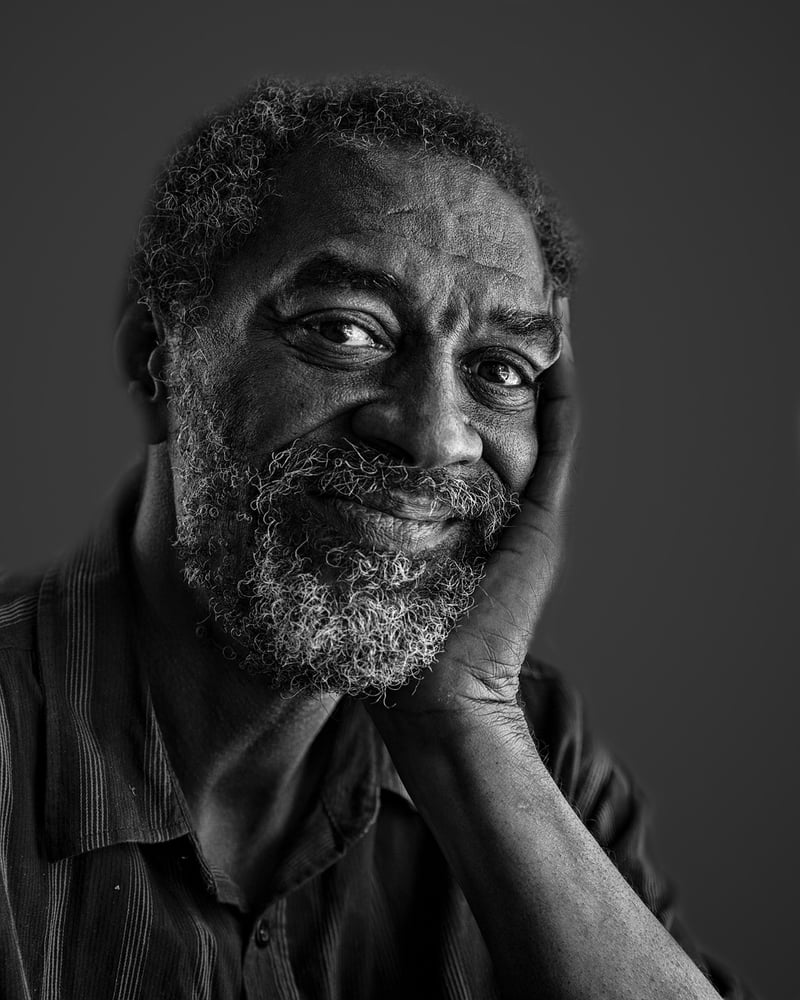Grandfather Paradox
Navigating Time Conundrums: The Grandfather Paradox
Time travel has long been a fascinating concept in science fiction, with numerous theories and paradoxes surrounding the idea. One of the most well-known paradoxes is the Grandfather Paradox, which raises intriguing questions about the implications of changing the past.
What is the Grandfather Paradox?
The Grandfather Paradox is a hypothetical situation where a time traveler goes back in time and prevents their grandfather from meeting their grandmother. As a result, the time traveler's parents are never born, leading to the time traveler never being born. This creates a paradox - if the time traveler was never born, how could they go back in time to prevent their own existence?
Resolving the Paradox
Various theories have been proposed to resolve the Grandfather Paradox. One such theory suggests that any changes made in the past would create a new timeline or parallel universe, ensuring that the original timeline remains intact. This concept is often used in science fiction to explain how time travel could work without causing paradoxes.
Time Travel in Popular Culture
Time travel and its associated paradoxes have been popularized in numerous books, movies, and TV shows. From classics like H.G. Wells' "The Time Machine" to modern blockbusters like "Back to the Future" and "Interstellar," the concept of time travel continues to captivate audiences worldwide.
Exploring the Possibilities
While time travel remains a theoretical concept in reality, it sparks endless possibilities for the imagination. The Grandfather Paradox, with its mind-bending implications, challenges our understanding of causality and the nature of time itself.
Conclusion
Whether you believe in the possibility of time travel or see it as purely fiction, the Grandfather Paradox serves as a thought-provoking exploration of the consequences of altering the past. As we continue to delve into the mysteries of time, the allure of time travel and its enigmatic conundrums are sure to endure.

Image source: Pixabay
